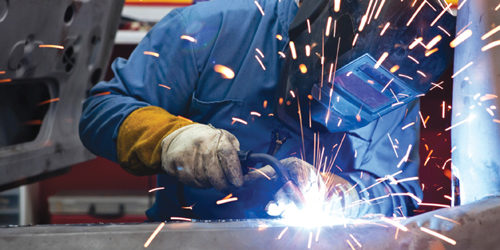
Contracts
• Supply and service contracts - There will be a number of these contracts which you will either want to take with you when you relocate or terminate. You will need to identify these early in the process to ensure you know (as applicable) (i) when you have to terminate and what, if any, exit assistance you will need from the supplier and (ii) what restrictions would prevent these contracts moving with you.
• IT systems - What systems will move with you and what will be decommissioned? We can advise you on your rights, and what restrictions there are, in relation to the systems you are using – are you free to do what you want with them or do you need the supplier’s consent?
• Third parties involved in your relocation – Ideally, all these third parties should be on substantially the same terms and conditions to help reduce your contract management time and costs. Only the commercial terms (e.g the services, service levels and charges) would then need to be drafted and included in an order form.
Once you’ve made the move, don’t forget you’ll need to inform all those you have a contract with of your new address for notices and service under those contracts, and also you’ll need to update your records at Companies House.
People
• Employment contracts - Do your employment contracts allow you to relocate your workforce to your new premises? Are further steps and processes necessary to change the contract terms?
• Collective consultation/redundancy - You may be looking to reduce your employee numbers or there may be some employee functions that are no longer required. These and other scenarios raise the possibility of redundancies or termination of employment on other grounds.
• Discrimination - When you relocate you will need to consider the possibility of incidental discrimination claims. In addition to ensuring that the new premises have suitable access and facilities for people with disabilities, the relocation itself could have an adverse impact on disabled employees who find it harder to travel to the new location.
• TUPE - Where you need to end supply and service contracts at your current location or want to enter into new contracts at your new premises, it is possible that the Transfer of Undertakings (Protection of Employment) Regulations 2006 apply to the employees of the service providers and/or some of your own employees
Property
• Exit strategy – When you’re relocating you need to think about what you are going to do with your current premises. Your exit strategy will normally take between 6 to 12 months to put into effect so taking early advice can avoid costly issues arising.
• Owners - If you own the freehold, do you want to sell, or redevelop the building, or perhaps you would rather lease out the space to tenants?
• Occupiers - If you have a lease, you will need to consider whether your lease can be transferred to another party or brought to an end. You will also need to consider what liabilities you may have for repairs to your building.
• New premises – Whether you are buying or renting new premises, we can help you through the negotiation of the legal documents required and advise on the new obligations and liabilities you would be taking on. If you need to carry out any fit out works to your new leasehold premises, we can draw up the documents to make sure that you have everything in place to ensure that the works are done before the big move.





